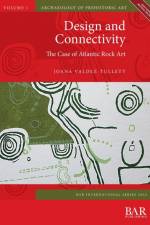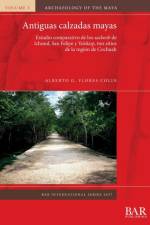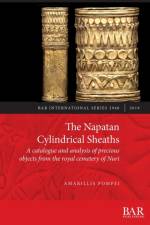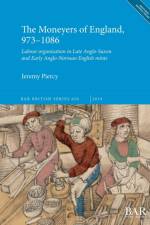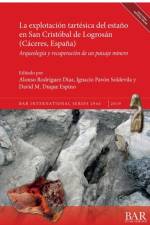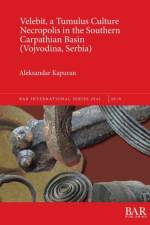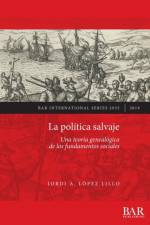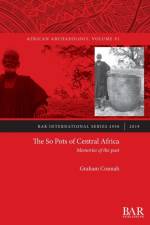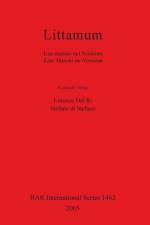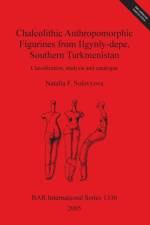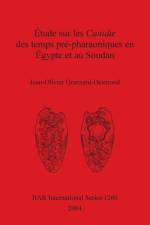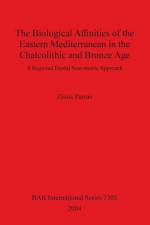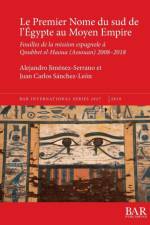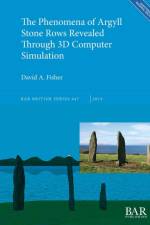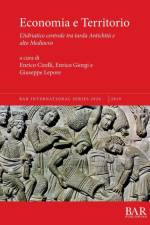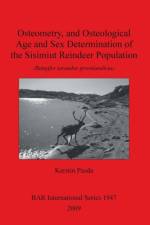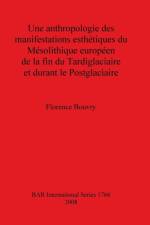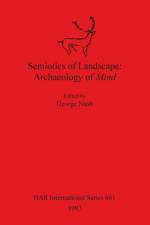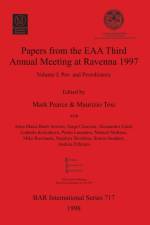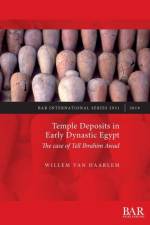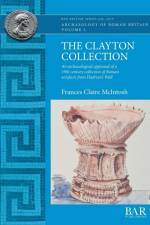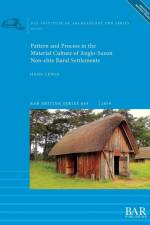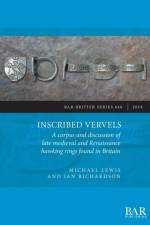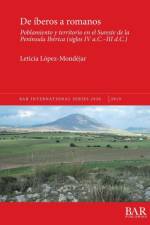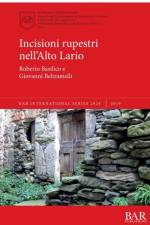- Estudio comparativo de los sacbeob de Ichmul, San Felipe y Yo'okop, tres sitios de la region de Cochuah
av Alberto G. Flores Colin
957
Archaeology of Maya, Volume 3En esta obra se abarca de manera amplia los diversos tipos de caminos que construyeron los Mayas Antiguos, específicamente los caminos pavimentados conocidos como calzadas mayas o sacbeob. Como estudio de caso se analizan once sacbeob que se localizan en los sitios de Ichmul, San Felipe y Yo'okop, ubicados en el centro de la península de Yucatán. El libro se compone de una amplia investigación bibliográfica, complementada con datos obtenidos durante reconocimientos de superficie, mapas topográficos, excavaciones de pozos de prueba y excavaciones extensivas. Este trabajo plantea que las calzadas tuvieron funciones y significados específicos, las cuales se pueden conocer si se analiza a estas construcciones en conjunto con sus áreas de inicio/término y no de manera aislada. La interpretación se realiza desde una perspectiva basada en la semántica, además de que se emplean conceptos de la antropología simbólica y la teoría de la metáfora para realizar las conclusiones.This work comprehensively examines the types of roads built by the Ancient Maya, with a specific focus on the paved roads known as Maya causeways, or sacbeob. As a case study, it analyses eleven sacbeob located at the sites of Ichmul, San Felipe and Yo'okop, in the centre of the Yucatan peninsula. The analysis draws upon impressive bibliographical research, complemented by survey data, maps, test pits and extensive excavations. The author proposes that roadways have specific functions and meanings, which can be understood if these constructions are analysed in conjunction with their termini, rather than in isolation. These conclusions are reached from a perspective based on semantics, as well as on concepts drawn from symbolic anthropology and metaphor theory.


